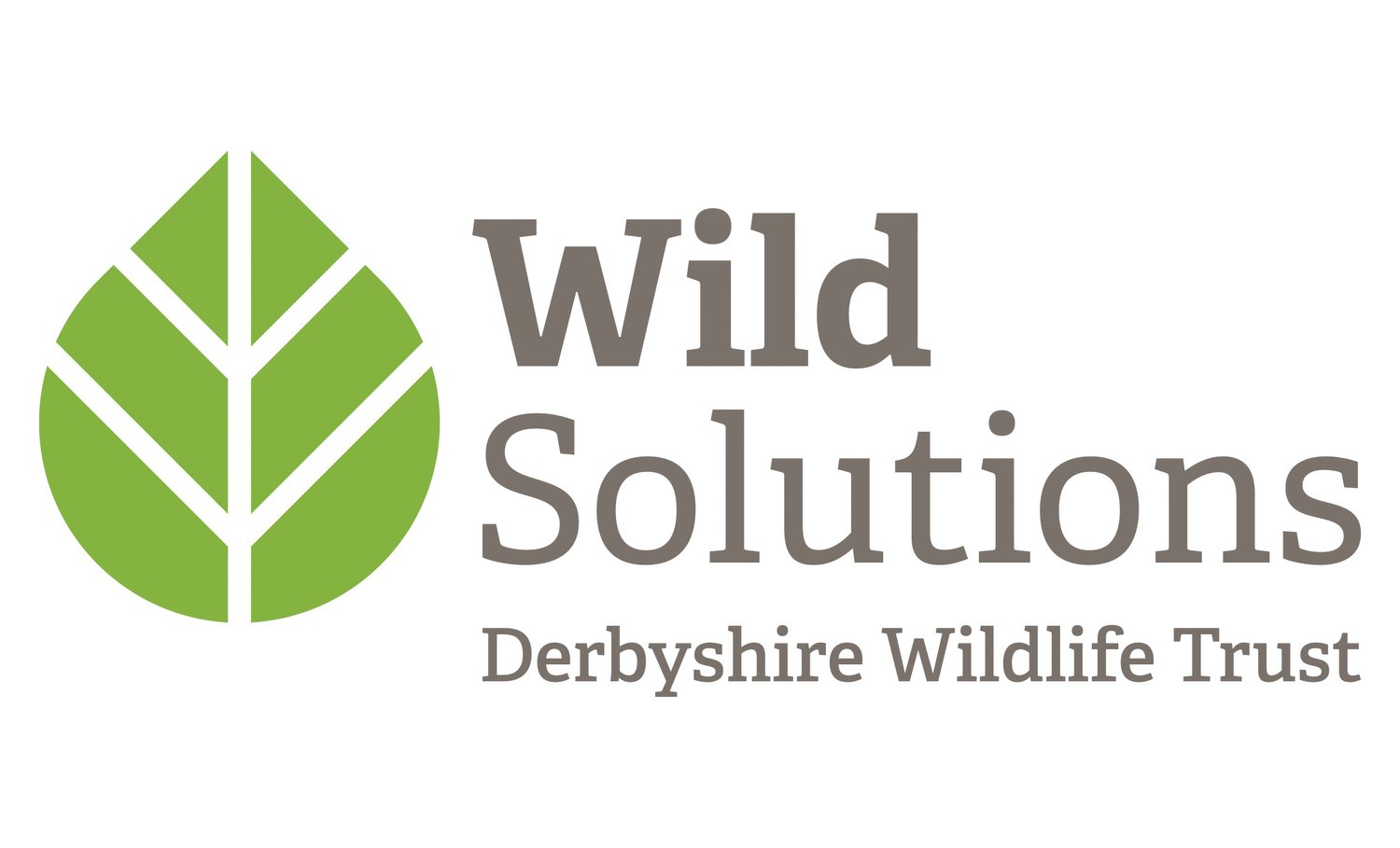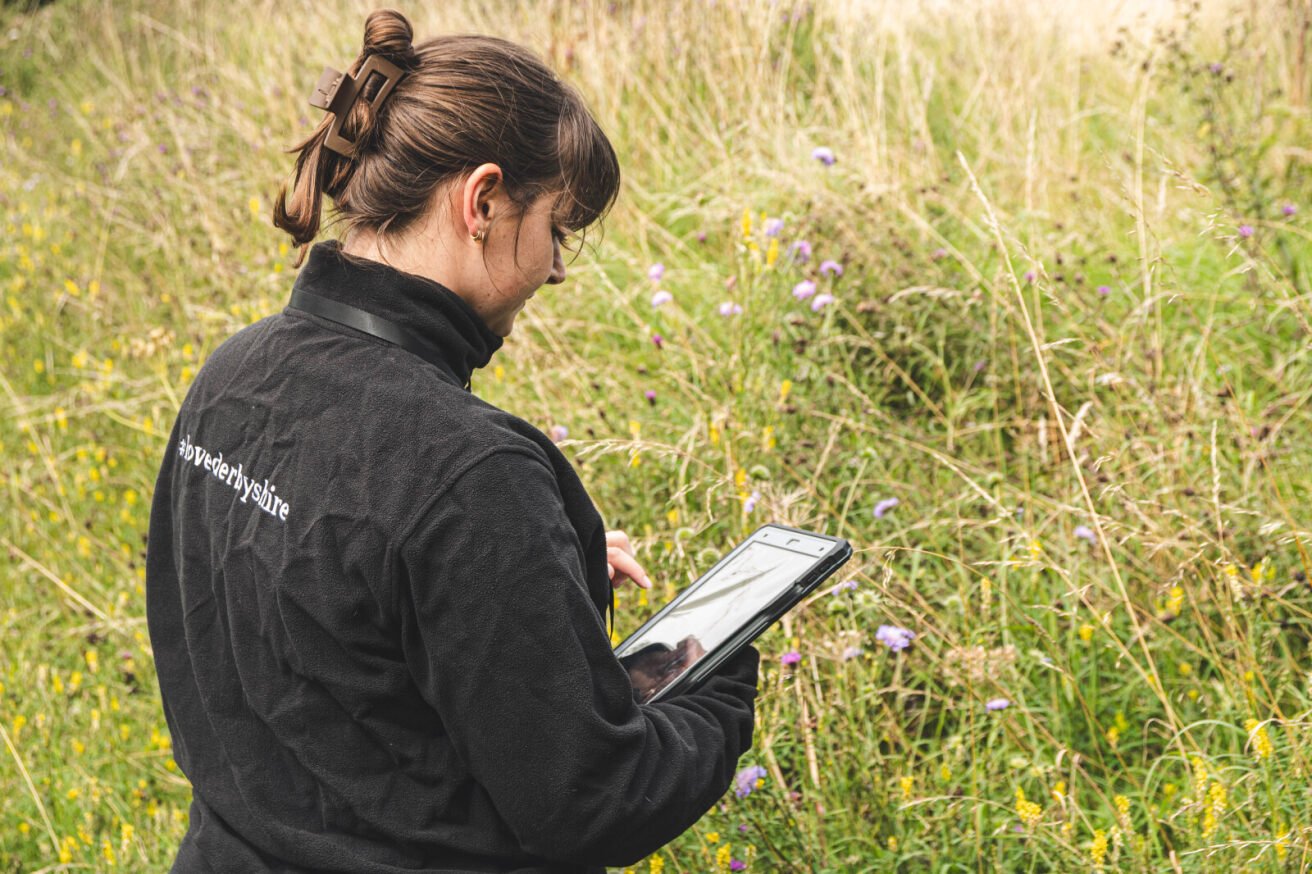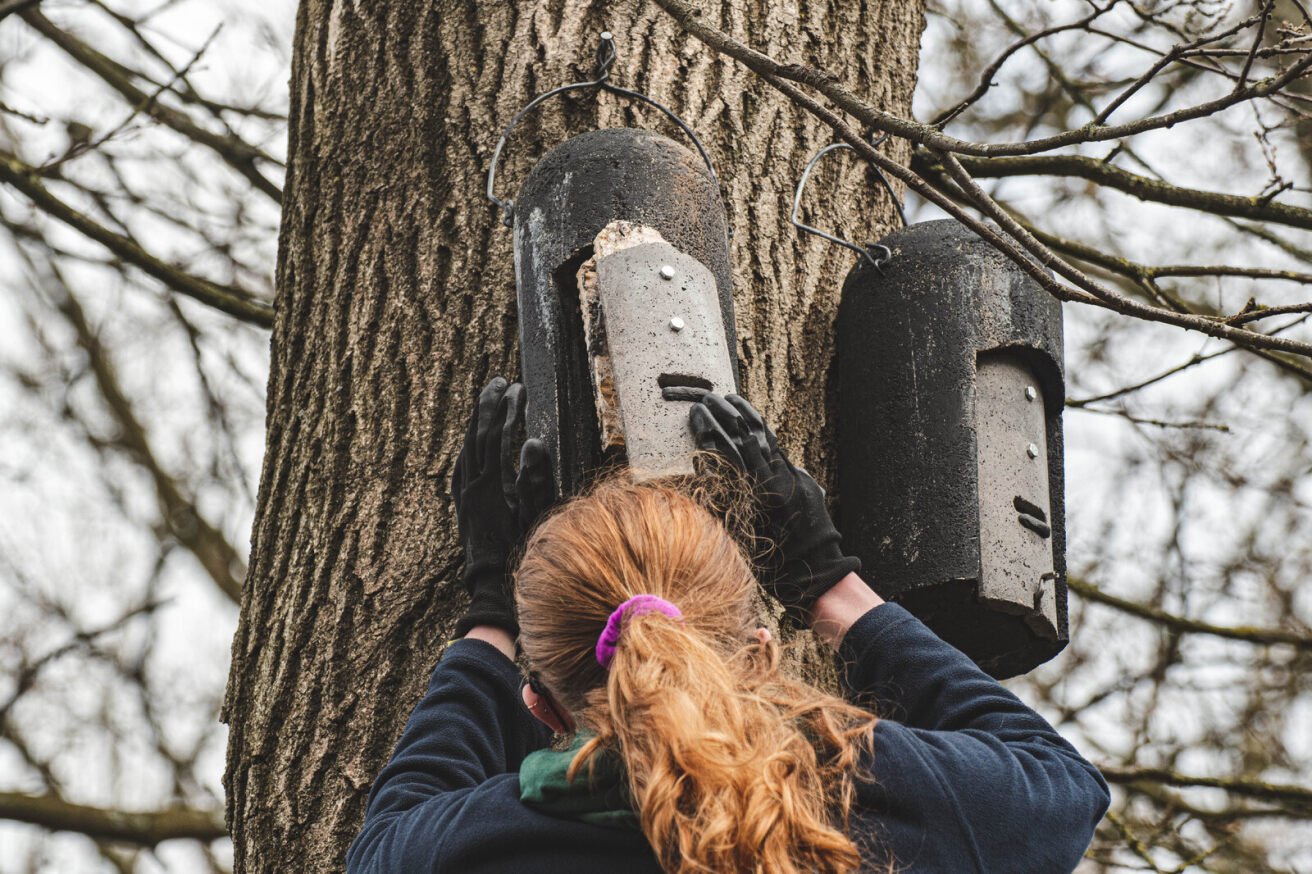Local Wildlife Sites and Surveys
Written by Amy Dennett, Nature Recovery Advisor
As the weather is warming up, flowers are beginning to emerge, and Spring slowly starts to arrive, our team are busy planning their upcoming survey season. Since 1998, Derbyshire Wildlife Trust has been responsible for assessing the Local Wildlife Sites (LWS) and Potential Local Wildlife Sites (pLWS) within Derbyshire. Currently, our team of passionate, skilled ecologists at Wild Solutions assess over 80 sites each year.
(C) Kayleigh Wright
How important are these Local Wildlife Sites?
LWSs are fundamental to nature conservation in the UK. Together with nationally and internationally designated sites they form the core of the country’s ecological network. Furthermore, LWSs work to protect wildlife at a local level and make up around 6% of Derbyshire, excluding areas within the Peak District National Park. LWSs protect a variety of species and habitats that are important at a county, regional and even national level. LWSs also provide refuge for threatened species linking up habitats, providing corridors and stepping-stones for wildlife through both the countryside and urban areas so that our wildlife is better prepared to adapt to changes in land use and climate change.
So, what is a Local Wildlife Site?
All Local Authorities within the UK are required to maintain a list of non-statutory designated wildlife sites. In Derbyshire these have been called Local Wildlife Sites (LWS). A LWS designation can be placed on public or private land once surveyed to meet the criteria and after consultation with landowners. Local Authorities must consider LWSs when planning applications are processed. However, as LWSs are a non-statutory designation, the are not protected by legislation and therefore not legally binding.
(C) Kayleigh Wright
What do our surveys actually tell us?
An essential aspect of surveying and assessing these LWS is to liaise with landowners/managers and, where possible, provide advice aimed at helping to maintain or enhance the habitats or species associated with each Local Wildlife Site. We assess each LWS differently depending on what habitats are present. Each habitat or species has a criteria, for example, we have different criteria for woodland or grassland habitats plus alternative criteria for areas that are designated for species such as a water vole population. The results of the proposed survey would help to determine whether the site is of sufficient interest to meet the selection guidelines for Local Wildlife Sites in Derbyshire and provide advice on how to mange the area to boost its value to nature and wildlife. Following the survey season, the results are taken to a LWS Pannel, where new LWS are added to the register, any change in site boundaries are noted, and the condition of existing sites are recorded.
(C) Kayleigh Wright
In 2023, Derbyshire Wildlife Trust successfully surveyed over 80 sites, designated 5 new LWS, amended 3 previous LWS, and identified 4 sites to assess as a priority for the upcoming 2024 survey season. These outcomes are already making impactful steps towards providing more space for nature and wildlife within the county. The team here at Derbyshire Wildlife Trust are looking forward to a busy survey season, assessing the brilliant and unique habitats we’re lucky to have at home here in Derbyshire.
For further information please see:



